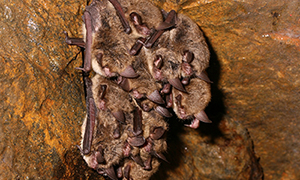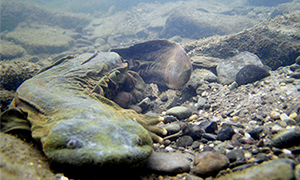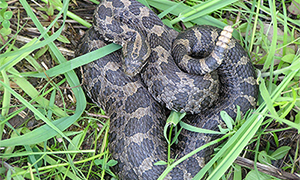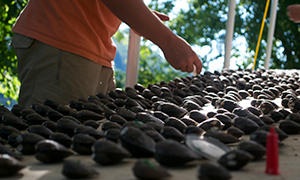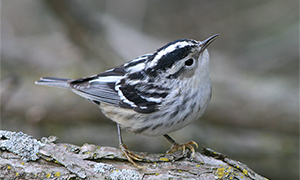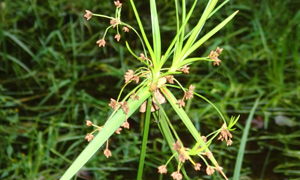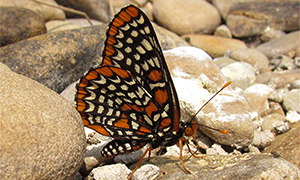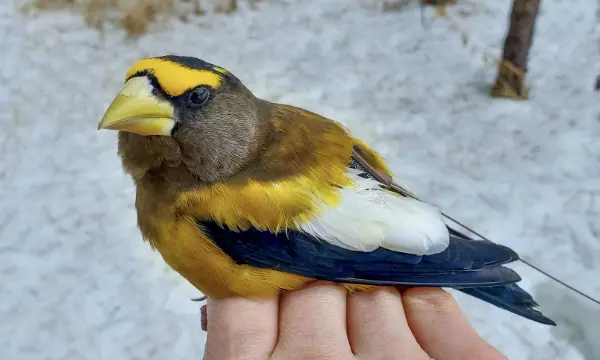Conservation Science
Protecting Pennsylvania's Plants and Animals
Species at Risk
Help us protect species at risk.
Pennsylvania’s more than 25,000 native species face many challenges. In the past century, we have seen diseases like chestnut blight and Dutch elm disease sweep through our forests – and new diseases continue to arrive. Invasive species are outcompeting native plants and animals, particularly those that depend on habitats where competition is normally low.
Loss of habitat due to development of housing, agriculture, energy and infrastructure continues to have one of the biggest impacts on species' decline. On top of all that, climate change will likely usher in broad-scale habitat changes that will affect our species in ways we cannot fully predict. Some good news: the majority of Pennsylvania’s native species are not in any immediate danger of decline or extinction. However, certain groups of species—such as freshwater mussels, amphibians, birds, reptiles and cave dwelling bats—are much more vulnerable and are showing significant declines across their ranges. Research, management and direct protection of known populations and habitats are all important aspects of our work to conserve some of Pennsylvania's most at-risk species.
Bats
A fungal disease, known as white nose syndrome, has drastically reduced many of Pennsylvania’s native bat populations.
Eastern Hellbender
This large salamander can only thrive in pristine waters, making it sensitive to changes in water quality.
Eastern Massasauga Rattlesnake
Endangered in Pennsylvania, this critically imperiled species is a vital part of the state’s ecosystem.
Forest Birds
Habitat loss and degradation have resulted in the loss of nearly 30% of eastern forest birds since 1970.
Northeastern Bulrush
A member of the sedge family, this species is one of only three plant species in Pennsylvania listed as federally endangered.
Wetland Butterflies
In partnership with several states, WPC is monitoring 14 species of concern that rely on wetland habitats.

